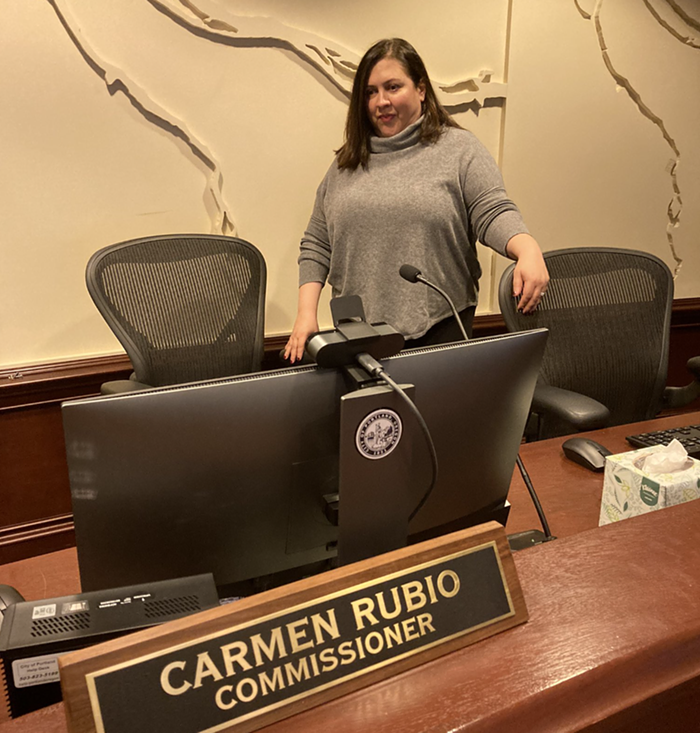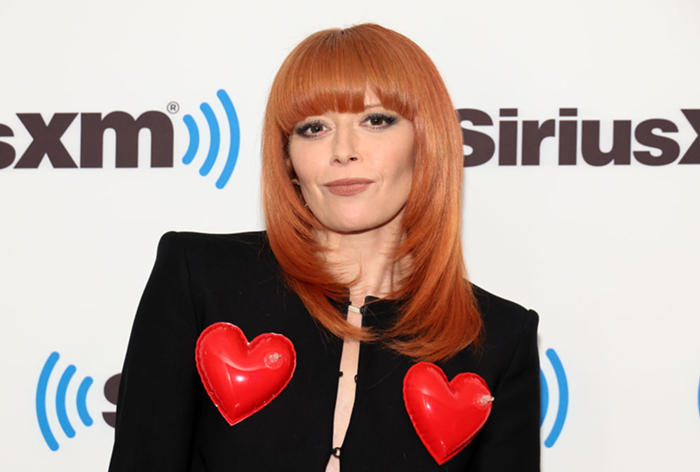UNLESS YOU'VE GOT a visiting relative to entertain, it's easy to put off checking out Portland's "destinations." Only recently did I visit the Chinese Gardens. I still haven't ridden the tram. And until last week, I'd never been to the Velveteria.
But the Velveteria's owners recently announced that after four years in Portland—first on NE 28th, now on East Burnside—they're packing up their thousands of paintings (of which about 350 are on display in the museum at any given time), and heading for warmer climes. As co-owner Caren Anderson explains it, the couple is getting older, and Portland winters are starting to wear—so as of January 24, the museum that's been featured on Anthony Bourdain's No Reservations and CBS Sunday Morning is shutting its doors, with plans to reopen in an undisclosed Southern California location. With Portland about to lose its distinction as the only city in the world with a velvet painting museum, it seemed like the right time to finally swing by the Velveteria.
I'd long imagined the space as a den of kitsch, crammed with crying clowns and prancing unicorns. And it is that—but it's also, surprisingly, much more. As Anderson and her partner Carl Baldwin showed me around the space, I got a crash course in velvet painting's history. Ever wonder why so many velvet paintings feature naked Polynesian chicks? The same national fascination with island culture that drove the tiki bar craze, spurred by servicemen returning from overseas posts in World War I. War is a recurring theme: A few paintings from the Korean War feature plaintive limericks about the horrors of war, while a black-lit room features relics of '60s and '70s psychedelia that would've decorated soldiers' bunks during the Vietnam War. (For those whose tastes run to kitsch, there's a shrine to Michael Jackson that you should probably see.)
In addition to the collection, the gift store is stocked with T-shirts, bolo ties (!), thongs, and copies of the museum's coffee table book Black Velvet Masterpieces. Don't let this peculiar little institution pass you by—Anderson and Baldwin are warm and welcoming, and eager to share their knowledge while they're still here. As Anderson put it, when I asked her why she hoped to keep the museum open: "People are so interested—we can't let them down!"













